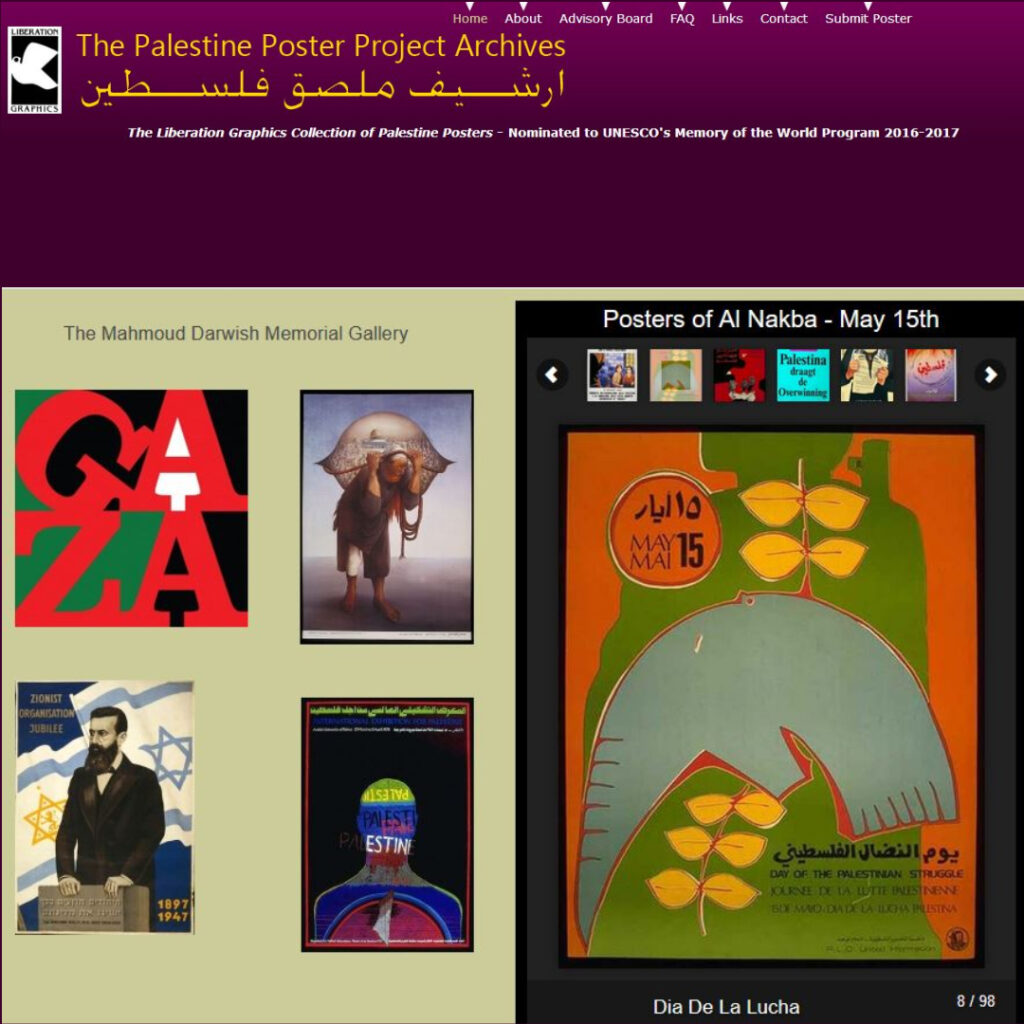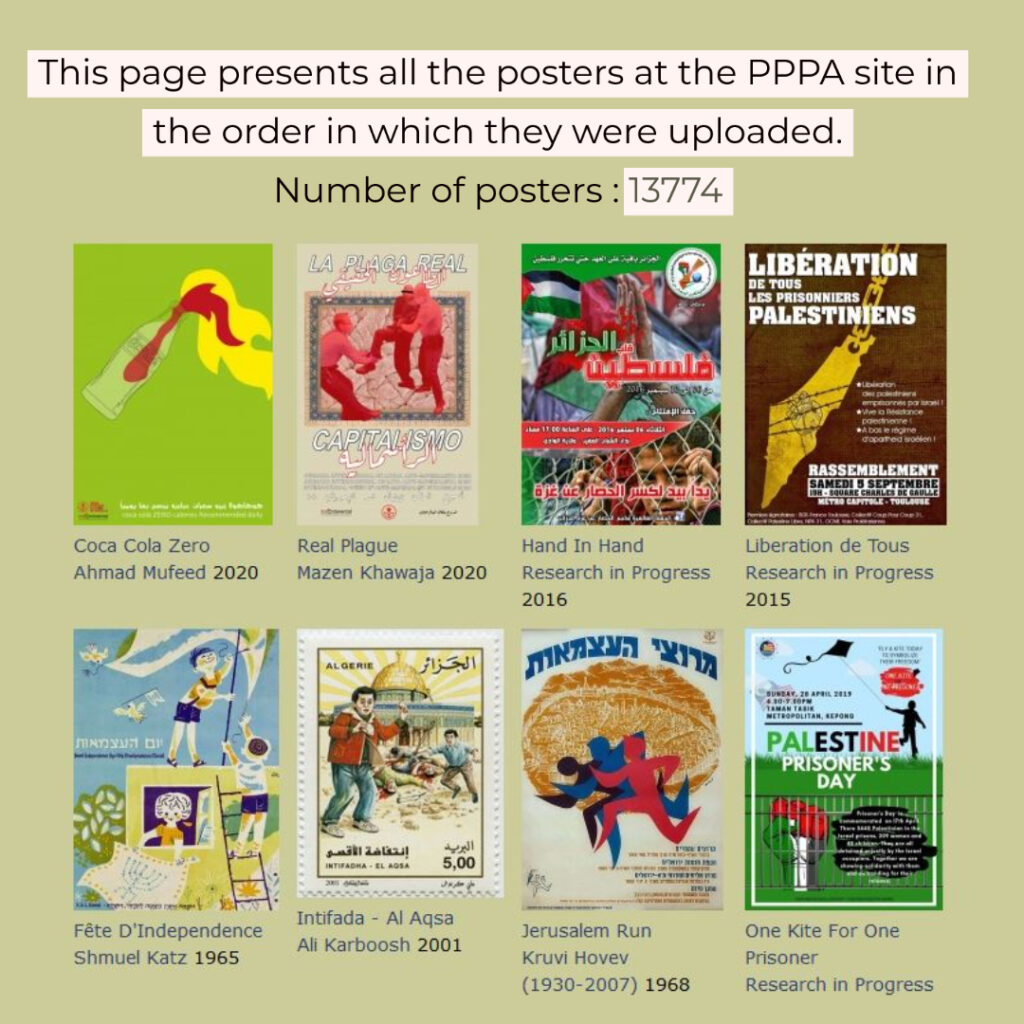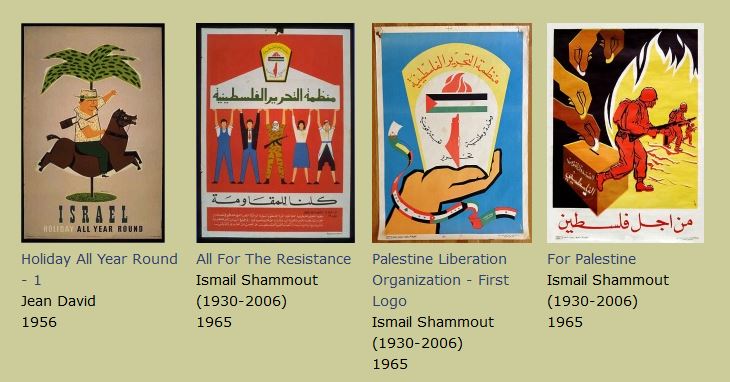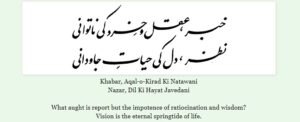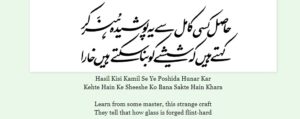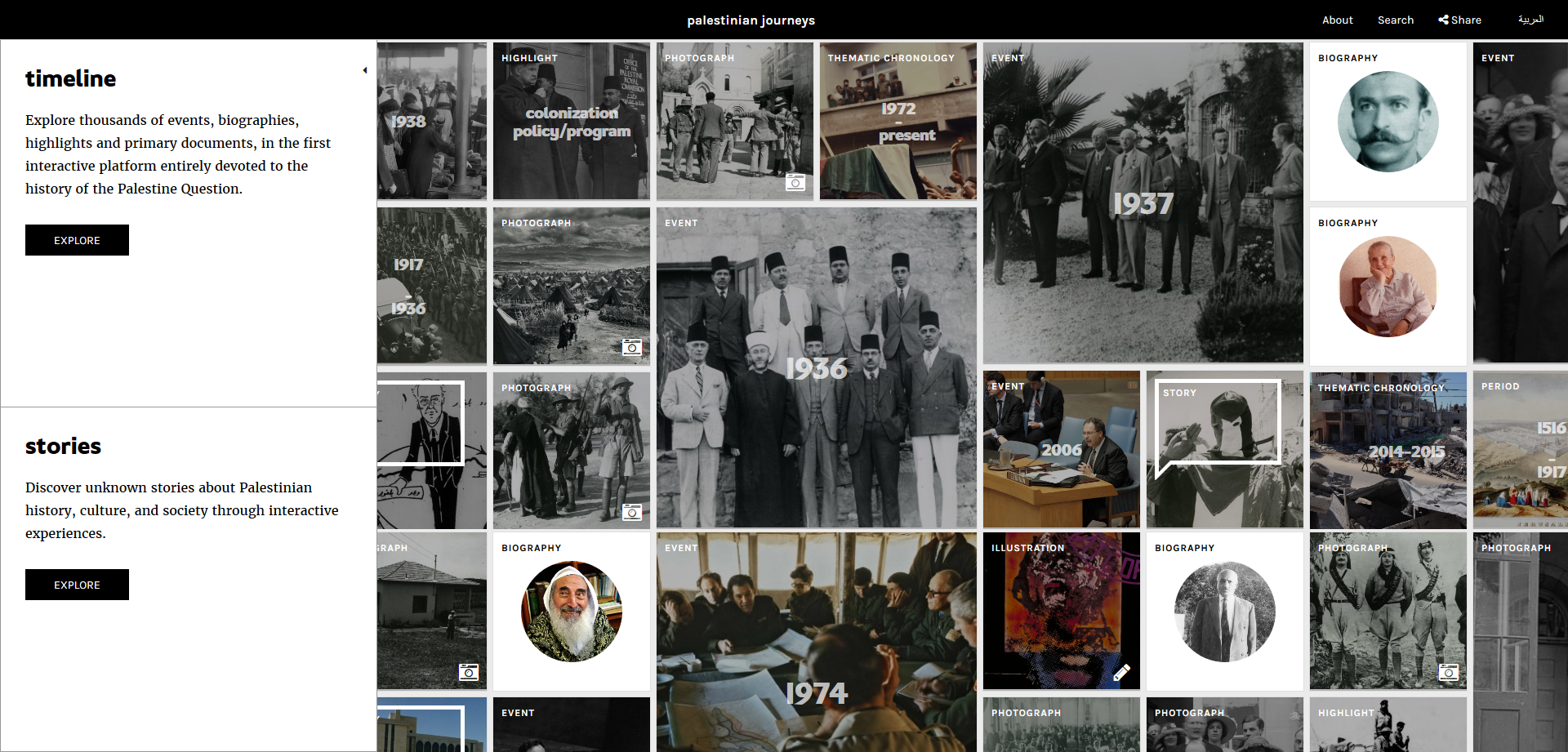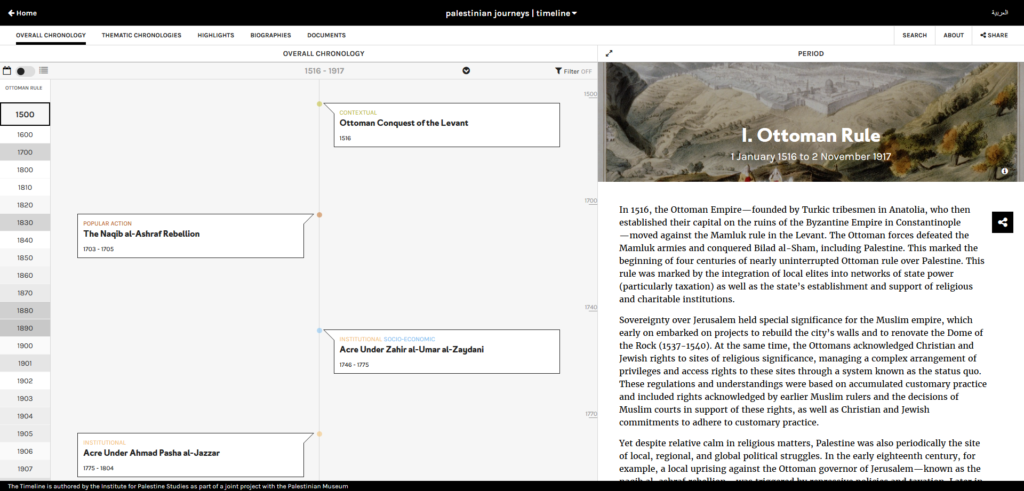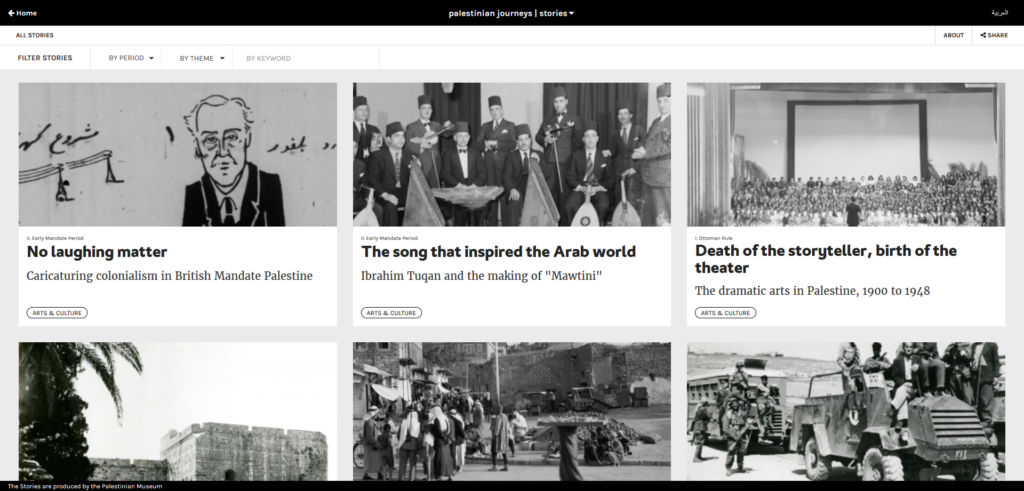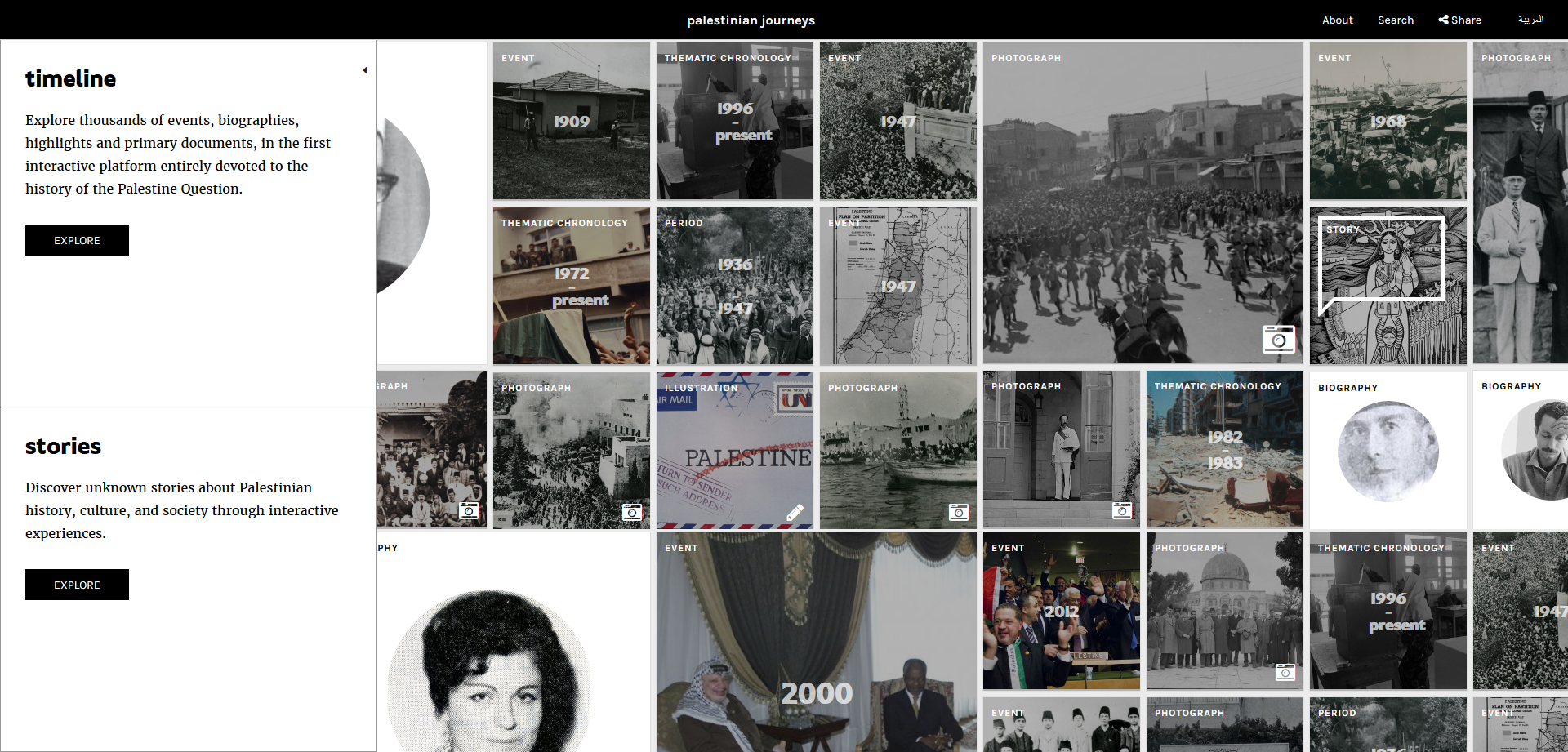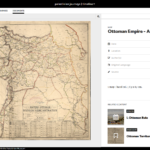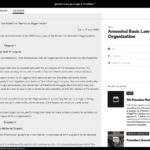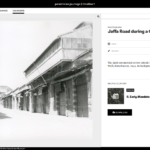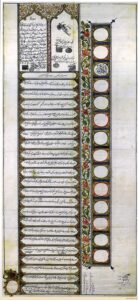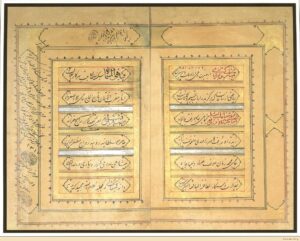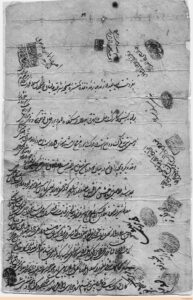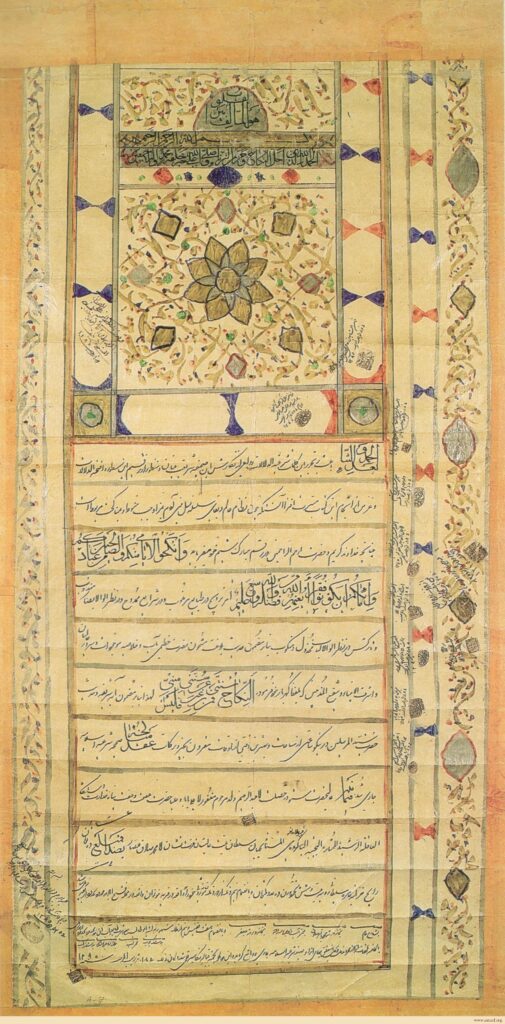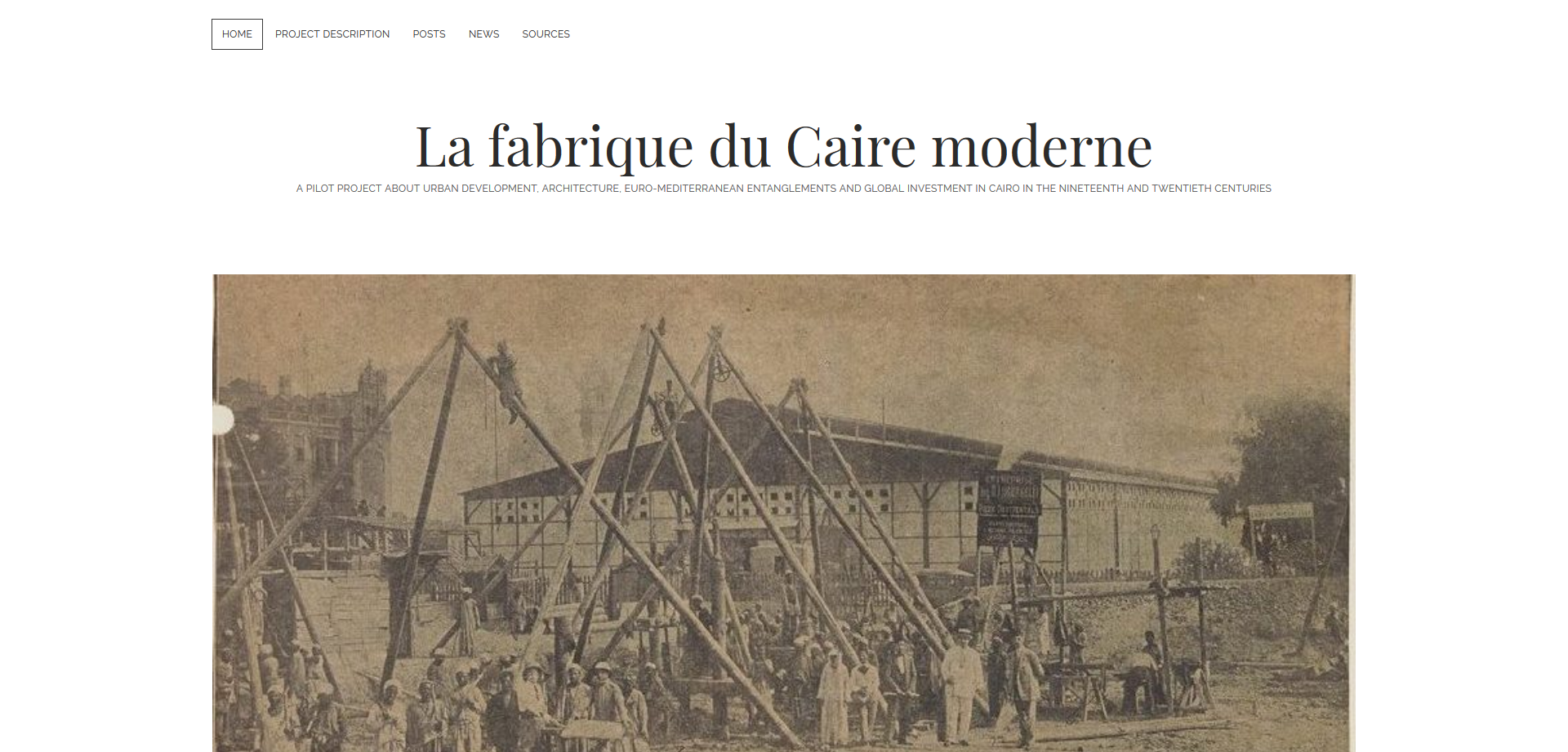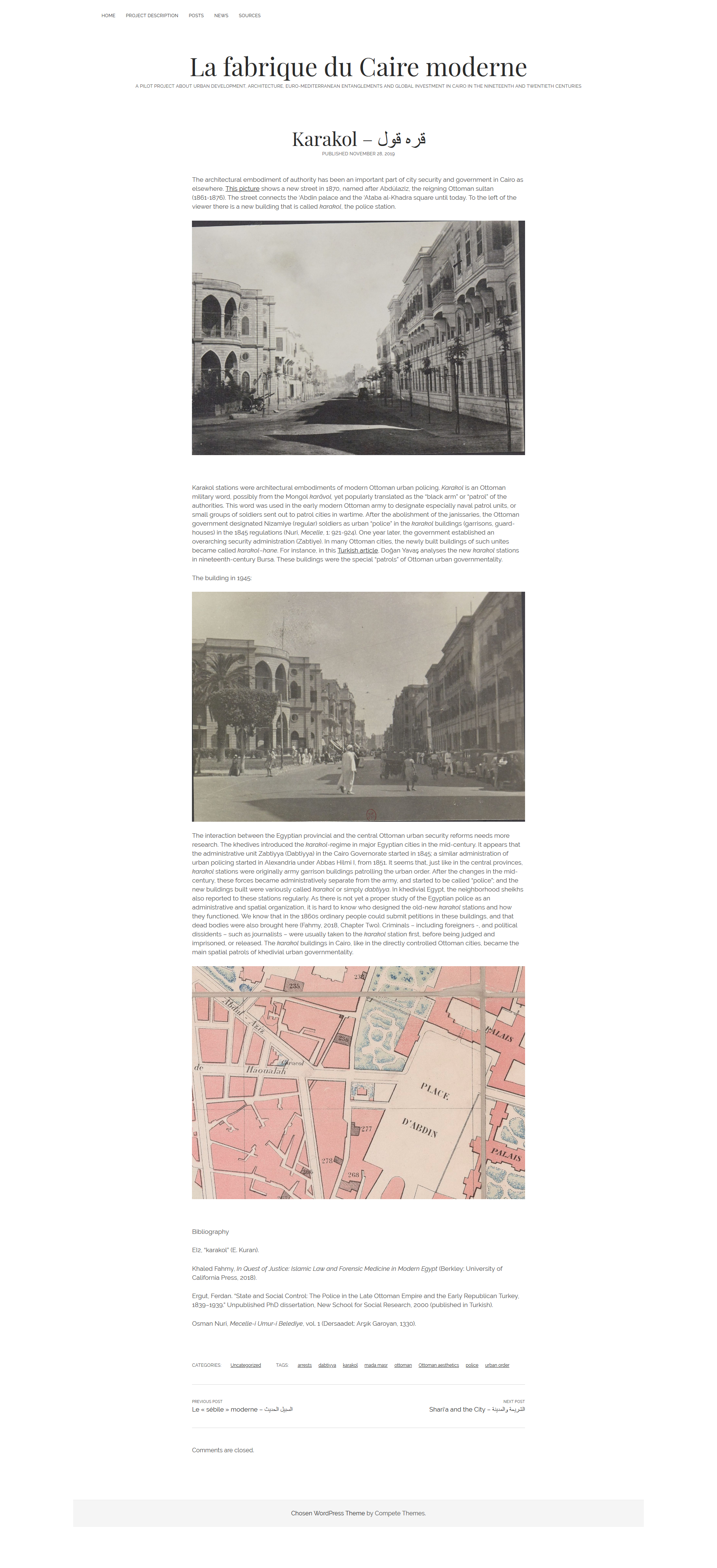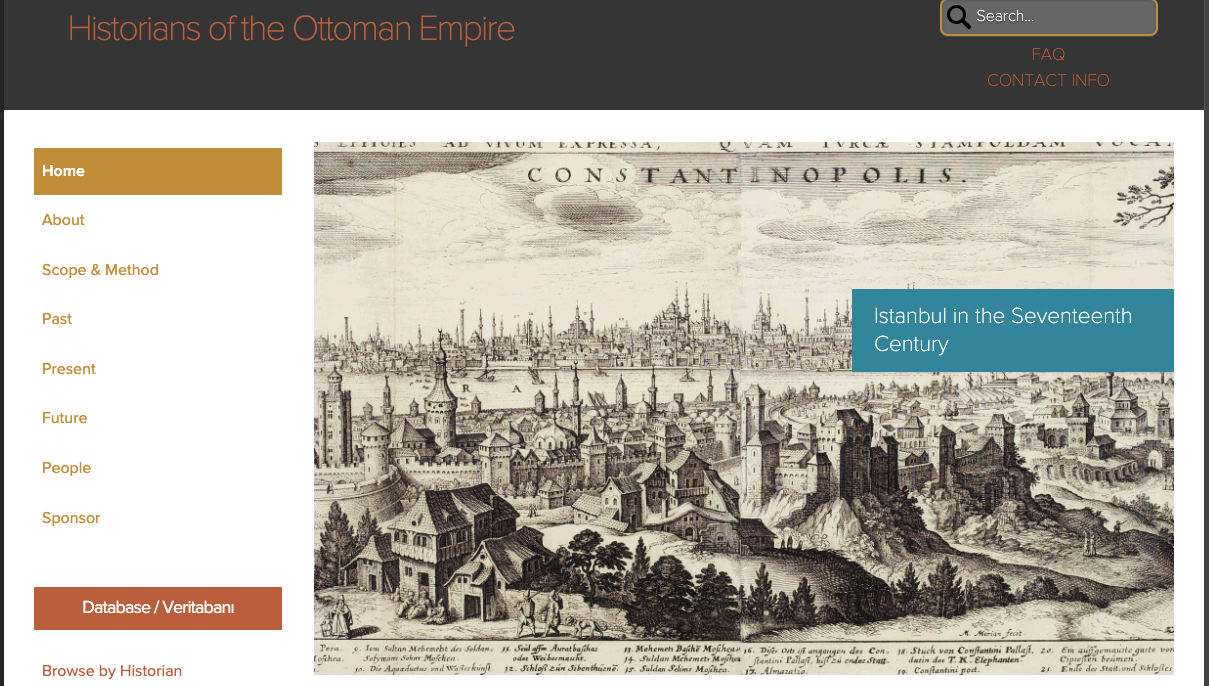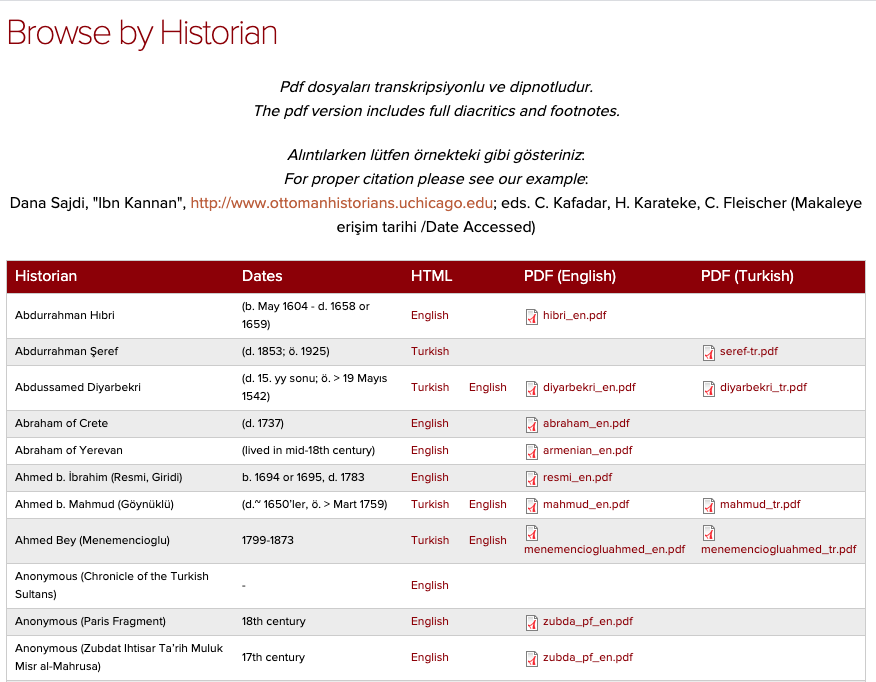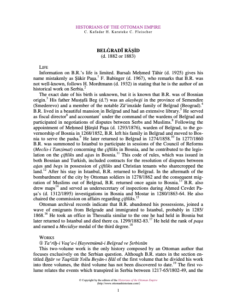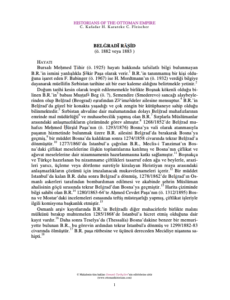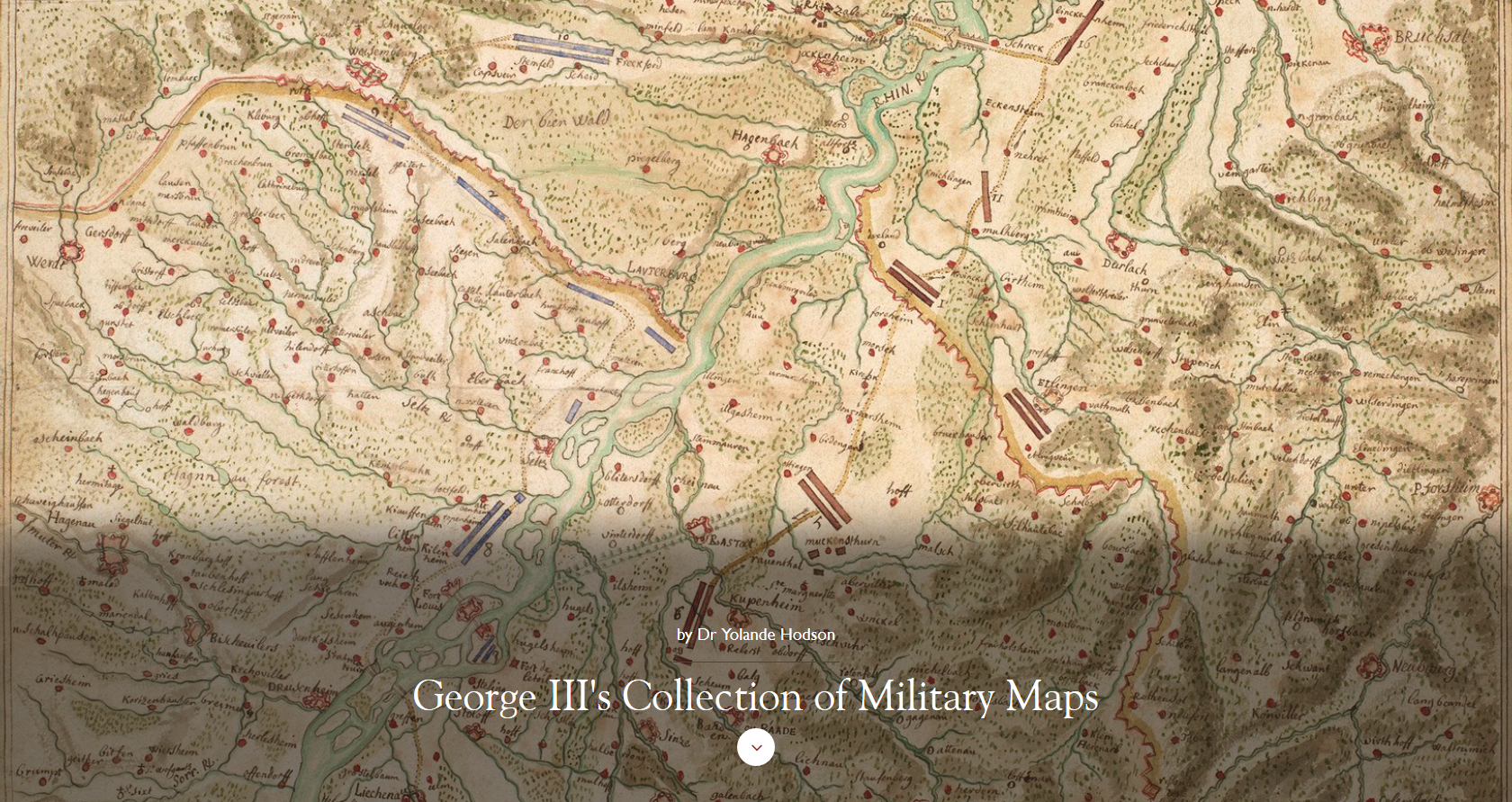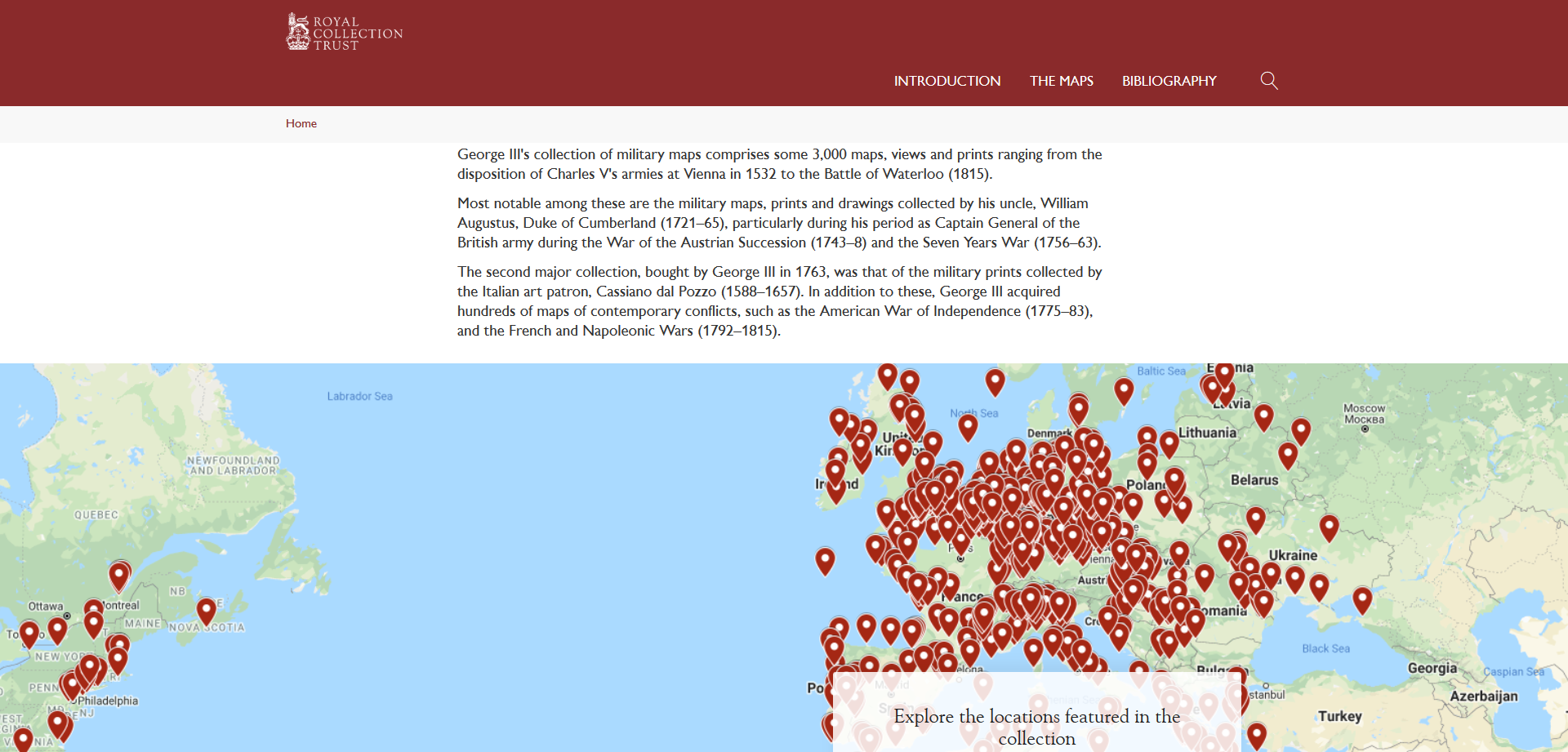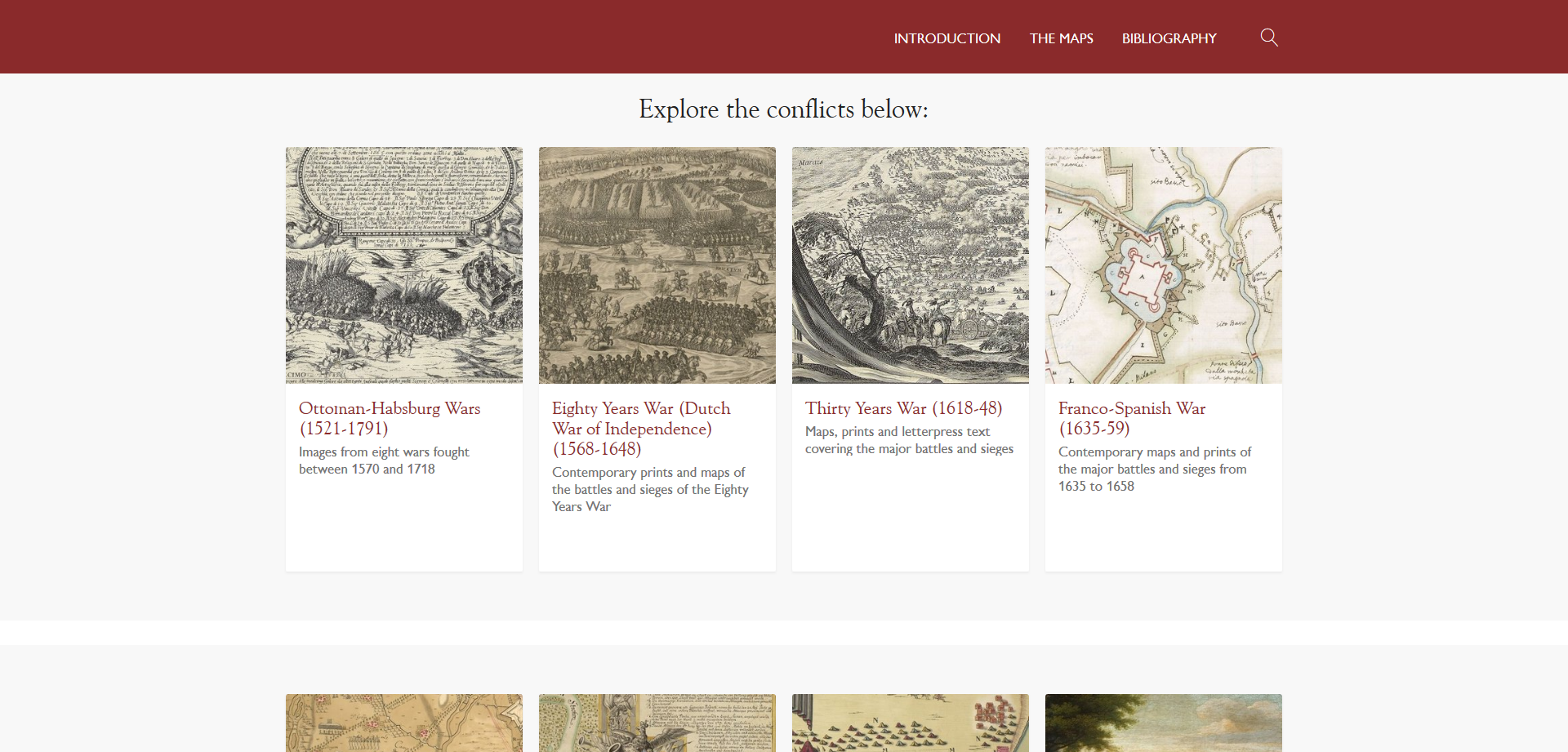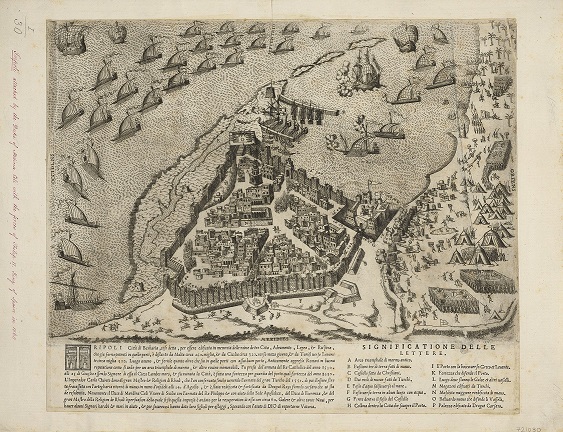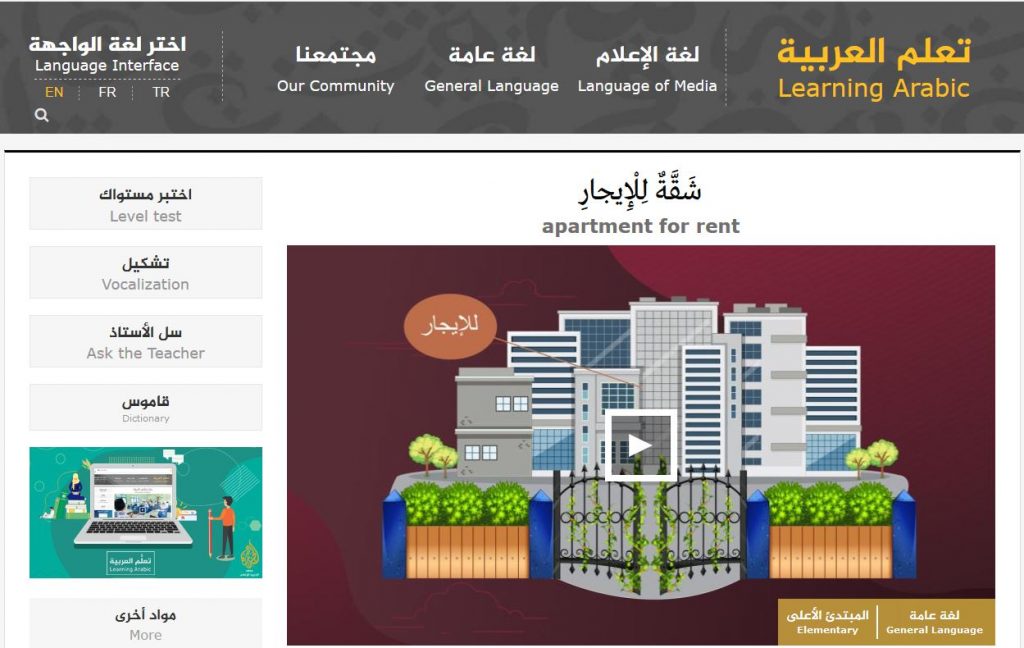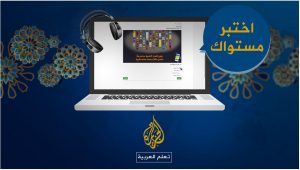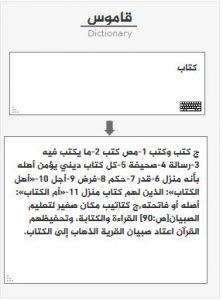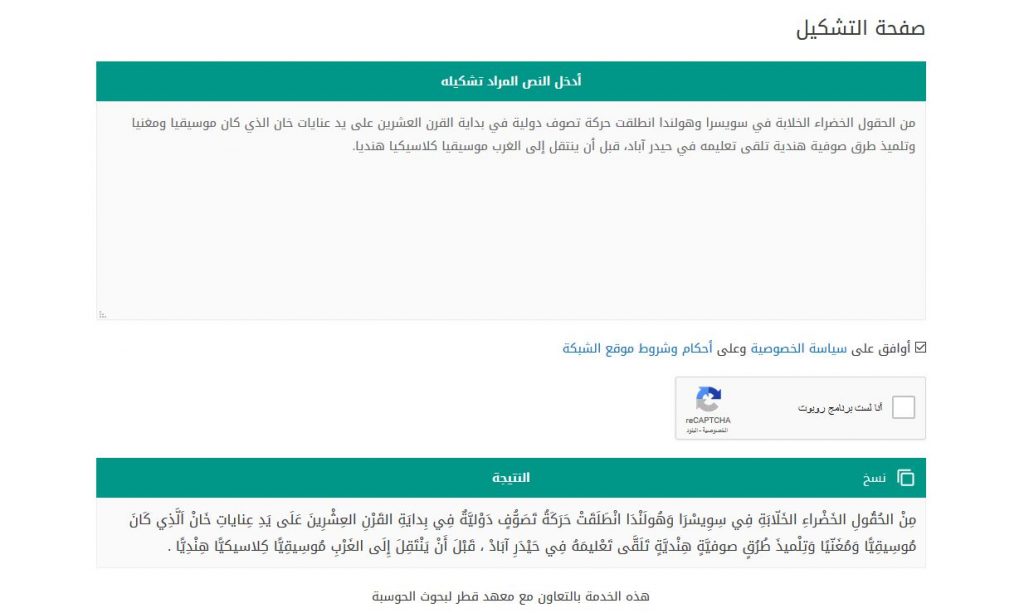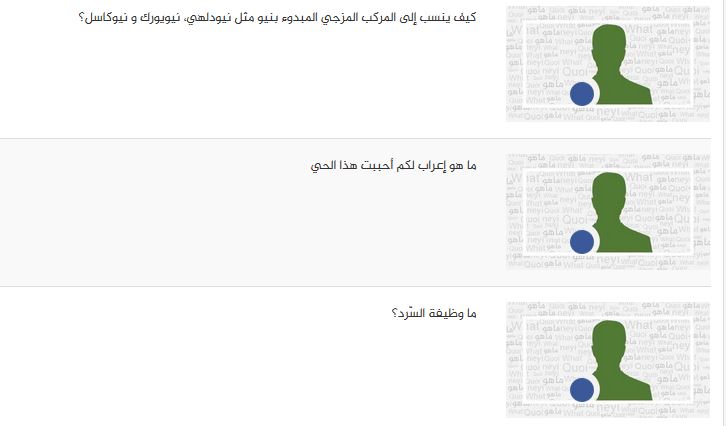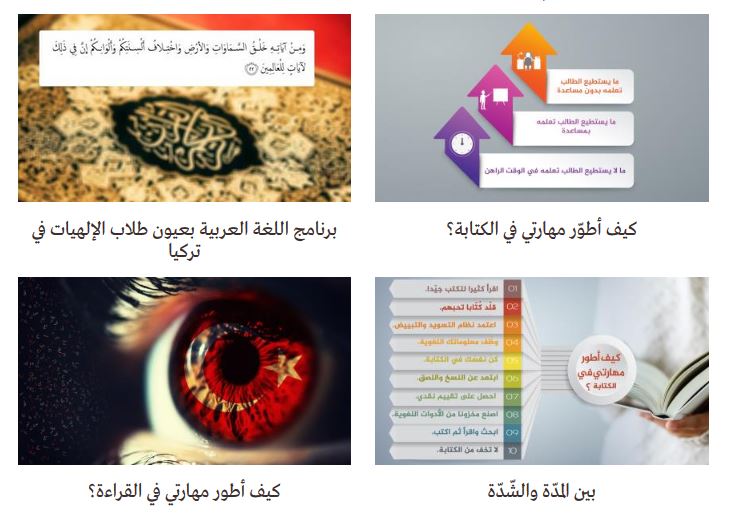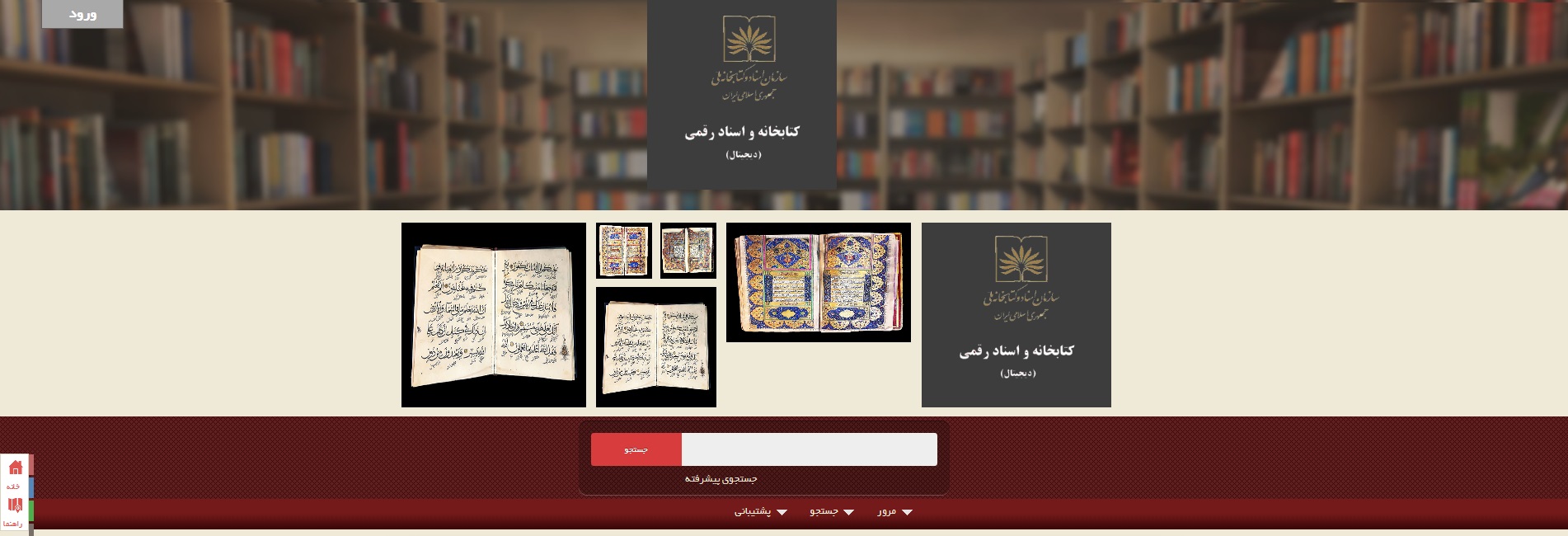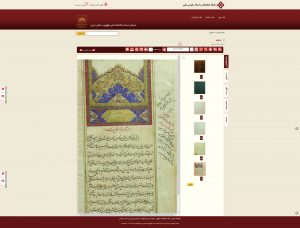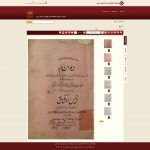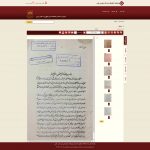The Palestine Poster Project Archives (PPPA) was created by Dan Walsh for a master thesis project at Georgetown University, stating that: “It is a work-in-progress.”
The Palestine poster genre dates back to around 1900 and, incredibly, more Palestine posters are designed, printed and distributed today than ever before. Unlike most of the political art genres of the twentieth century such as those of revolutionary Cuba and the former Soviet Union, which have either died off, been abandoned, or become mere artifacts, the Palestine poster genre continues to evolve. Moreover, the emergence of the Internet has exponentially expanded the genre’s network of creative contributors and amplified the public conversation about contemporary Palestine.
Dan Walsh – Silver Spring, MD April 2009
A unique historical repository of primary data on modern Palestine. Audiences who are interested in this rich, yet under-valued module of Palestinian cultural heritage, can have a better understanding of people who were engaged in the contemporary history of Palestine and recorded it in their graphic art.
According to PPPA a “Palestine poster” is defined in a five-part definition as any poster:
1) With the word “Palestine” in it, in any language, from any source or time period.
2) Created or published by any artist or agency claiming Palestinian nationality or Palestinian participation
3) Published in the geographical territory of historic Palestine, at any point in history, including
4) Published by any source which relates directly to the social, cultural, political, military, economic or iconographic history of Palestine or Palestinian nationalism contemporary Israel
5) Related to Zionism or anti-Zionism in any language, from any source, published after August 31, 1897
Site visitors can browse the poster collection by: Artists (2,640), Posters (13,774), Wellsprings, Special Collections (920), Iconography, Original Copies, Portfolios, Duplicates/Exchanges, Year of Publication, Country of publication, and Nationality/Artists
The Liberation Graphics Collection of Palestine Posters, which was Nominated to UNESCO’s Memory of the World Program 2016-2017, is a subset of the more than 11,500 posters featured at the Palestine Poster Project Archives web site.
The PPPA is an educational site and does not engage in any commercial or merchandising activities. Posters’ duplicates are frequently traded with private individuals as well as other archives and libraries. Furthermore, The PPPA has a strict policy concerning poster’s removal, as it will never remove a poster from its site. There is a dedicated link on the website for poster submission. Last but not least, the FAQ provides a deep insight into the core objectives of the archive, as it comprehensively answers a wide range of questions, it is worthwhile checking.


